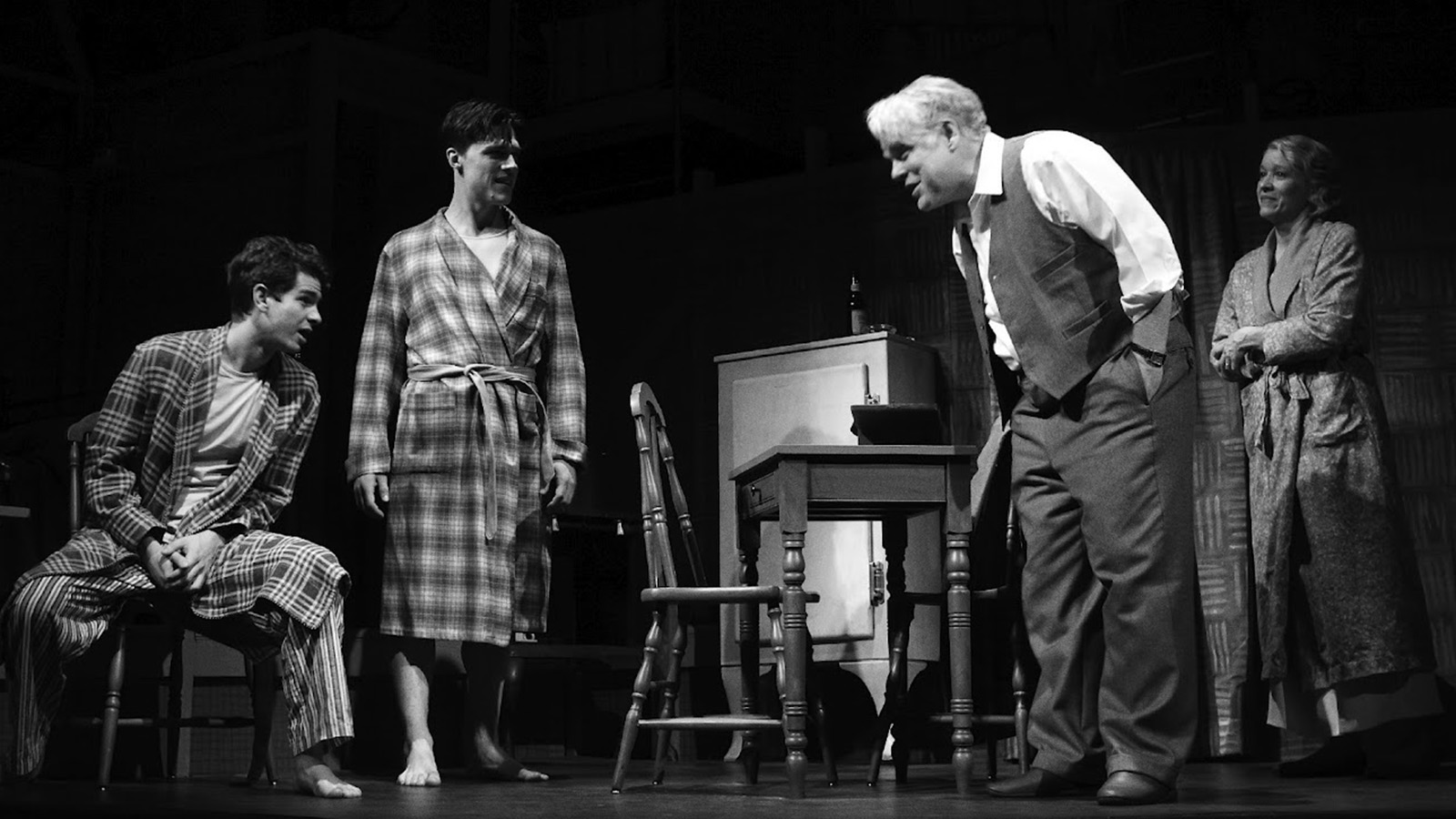
Sinclair Lewis’s novel Babbitt, published in 1922, satirises the figure of the salesman through its eponymous hero, who sees selling almost like a religion, who is deeply concerned with material possessions, and who, like Willy Loman, often speaks through the lingo of selling. In many ways, the salesman was emblematic of the American dream: fluid class boundaries meant that almost anyone could take up selling, and that those who were successful could make it right to the top – many CEOs had started off as salesmen.

Self-help books on how to sell were hugely popular. The number of salesmen had grown enormously over the start of the twentieth century.

What was it that prompted Miller, only 33 at the time, to tackle the story – at once so intimate and so epic in scope – of a salesman at the end of his life?īy the late 1940s, when Miller was writing, the salesman was already a common figure of popular culture. In Willy Loman, Miller created one of the twentieth century’s most complex characters: a man full of contradictions, who is by turns infuriating, comical and utterly heart-breaking. Six weeks later, he had completed Death Of A Salesman, a piece that was utterly revolutionary in its style and deeply political in its implications. Why did Arthur Miller write Death Of A Salesman – and what does it mean for us today?Ī young playwright, with one major success behind him, Arthur Miller retreated to the countryside, built himself a wood cabin and sat in it to write a play about an ageing salesman.


 0 kommentar(er)
0 kommentar(er)
